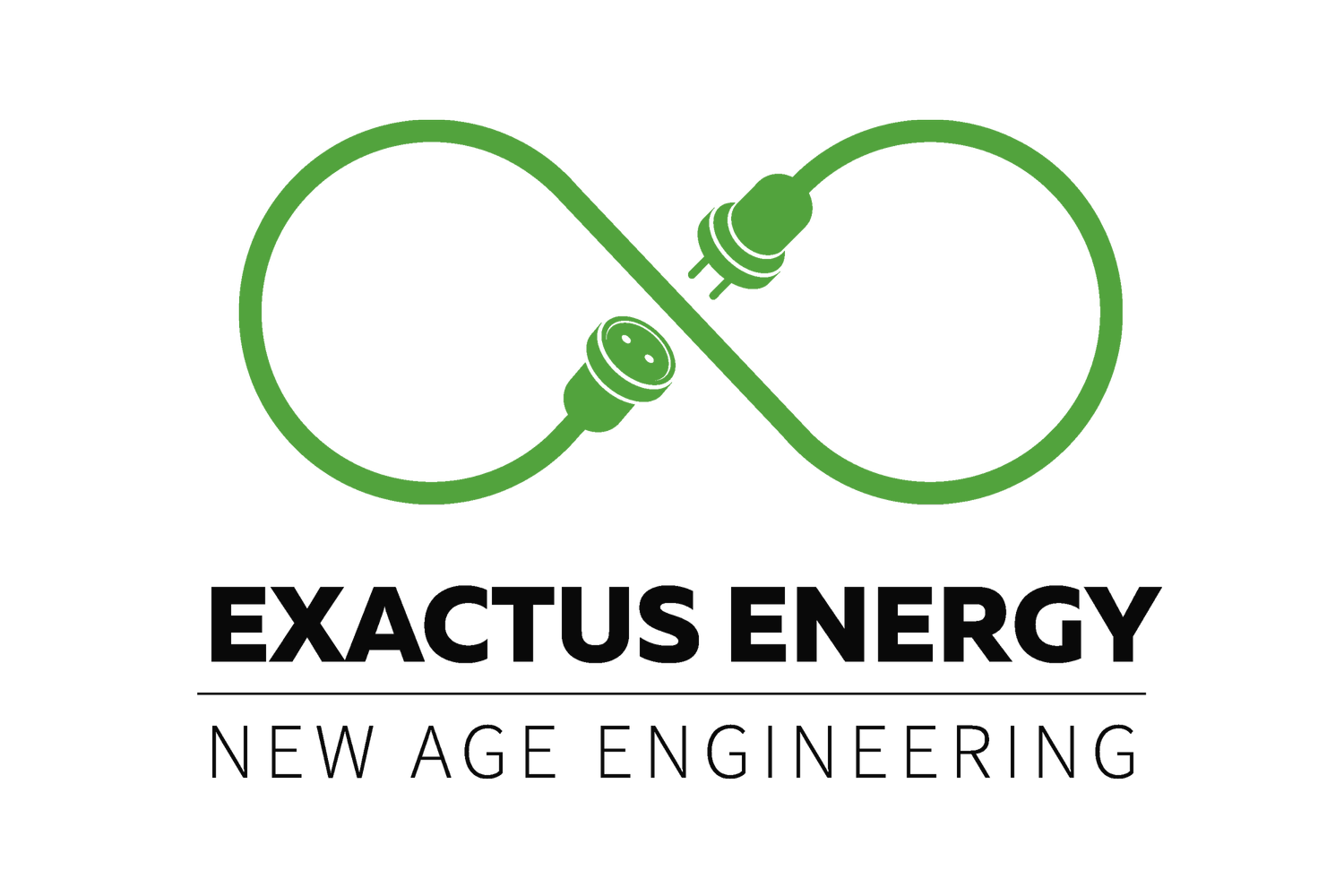Picture it—solar panels lined up under the open sky, drinking in the sun day after day. But the sun isn’t the only thing hitting them. The wind comes too, and it’s rough. It shoves, it pulls, sometimes it even tries to peel panels straight off their mounts. That’s why wind load analysis isn’t some background detail—it’s what keeps the whole system alive.
Engineers don’t just slap panels on a roof or field and call it a day. They dig into how air flows, how gusts slam into surfaces, how pressure builds and shifts. They crunch the numbers to make sure those panels won’t wobble, bend, or worse, break free in a storm.
This blog pulls back the curtain on the work you don’t usually see. We’re diving into how wind load analysis actually works in solar engineering, why it’s such a big deal, and the ways engineers keep projects steady against the wild, unpredictable power of the wind.
Wind Load Basics
Before we dive into the details of wind load analysis, it helps to first get a grip on what wind load actually means.
Wind load is basically the wind shoving against a structure. For solar panels, though, that shove can be brutal—it can twist the frames, rattle the hardware, and if no one accounts for it, the whole setup could fail. What makes it even more complicated is that wind never behaves the same way twice. One moment it’s a soft breeze, the next it’s a sharp gust, then it’s swirling in all directions like it has a mind of its own.
How much pressure a solar setup takes on depends on where it’s installed and what the environment throws at it—speed, direction, open fields, rooftops, or terrain that funnels wind in strange ways. All those factors combine to create loads that engineers have to predict and plan for, long before a single panel goes up.
Importance of Wind Load Analysis
Wind load analysis matters in solar engineering, and here’s why:
Safety: This is what keeps panels from turning dangerous. It’s the guardrail that makes sure they don’t tear loose when storms hit and the wind comes swinging.
Compliance: You can’t dodge the rules. Most regions demand wind load checks, no exceptions. Skip it and the permits stall—no approval, no project.
Longevity: Do the analysis right, and the system holds up. Panels stay steady through years of wind stress, built to last instead of crumble.
Factors Influencing Wind Loads
A lot of things shape how wind slams into a solar setup—it’s never just one factor.
Wind Speed: Start with the obvious. Local wind speeds, pulled from past weather data and climate patterns, set the baseline. A breezy coast and a calm valley? Very different stories.
Wind Direction: It’s not just how fast, but where it’s coming from. A head-on gust hits harder than a side breeze, so engineers always plan for the worst-case angle.
Terrain and Topography: Wide-open fields? The wind tears through with full force. Nestled near hills or buildings? You get some shelter. The land itself decides how the gusts behave.
Building Shape and Height: The taller or flatter the structure, the more wind it has to fight. Low and angled? Safer. High and flat? Like a sail, ready to catch every gust.
Wind Load Analysis Methods
Engineers don’t just guess how wind will hit a solar setup—they test it, model it, push it until the numbers make sense.
Static Analysis: The bare-bones method. Fixed wind speeds, fixed directions, no surprises. It’s quick, it’s simple, and for small projects, it gets the job done. But it’s not the full story.
Dynamic Analysis: Bigger projects? You need more. This one digs into how the structure actually moves when the wind shifts—gusts, turbulence, the whole chaotic mess. It’s closer to real life, and it shows you if the system can really take the hit.
Wind Tunnel Testing: Sometimes you just need to see it happen. Build a scale model, stick it in a tunnel, crank up the fans, and watch the wind go to work. Nothing beats seeing the forces play out in real time.
And it doesn’t stop evolving. As tech gets sharper, as engineers find new ways to measure and model the invisible, solar only gets stronger. Each step forward means panels that aren’t just collecting sunlight—they’re built to take a beating from nature and keep delivering clean power for years on end.


